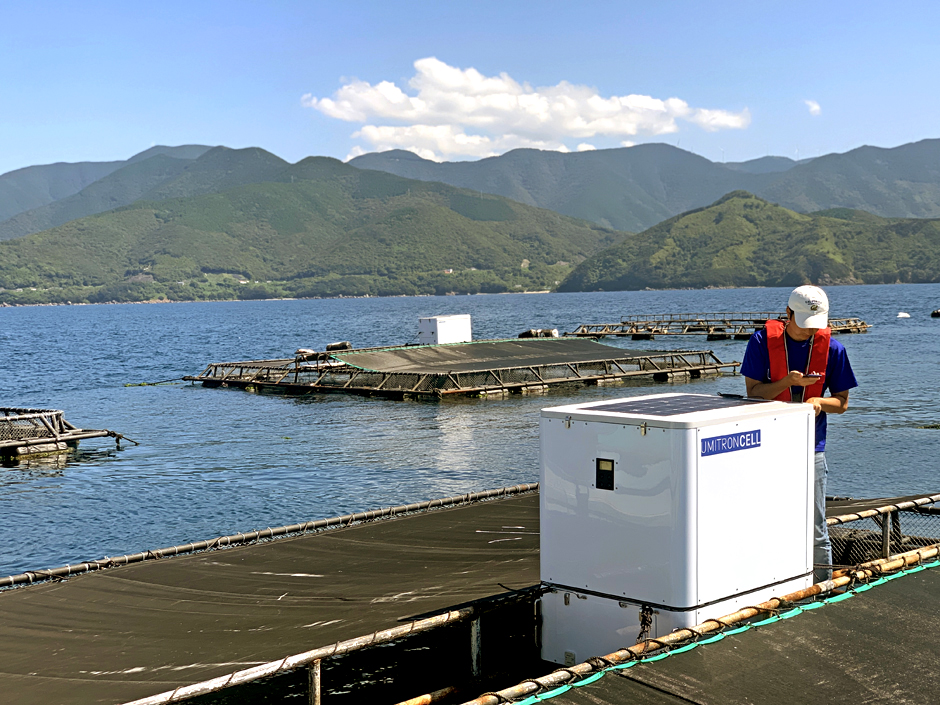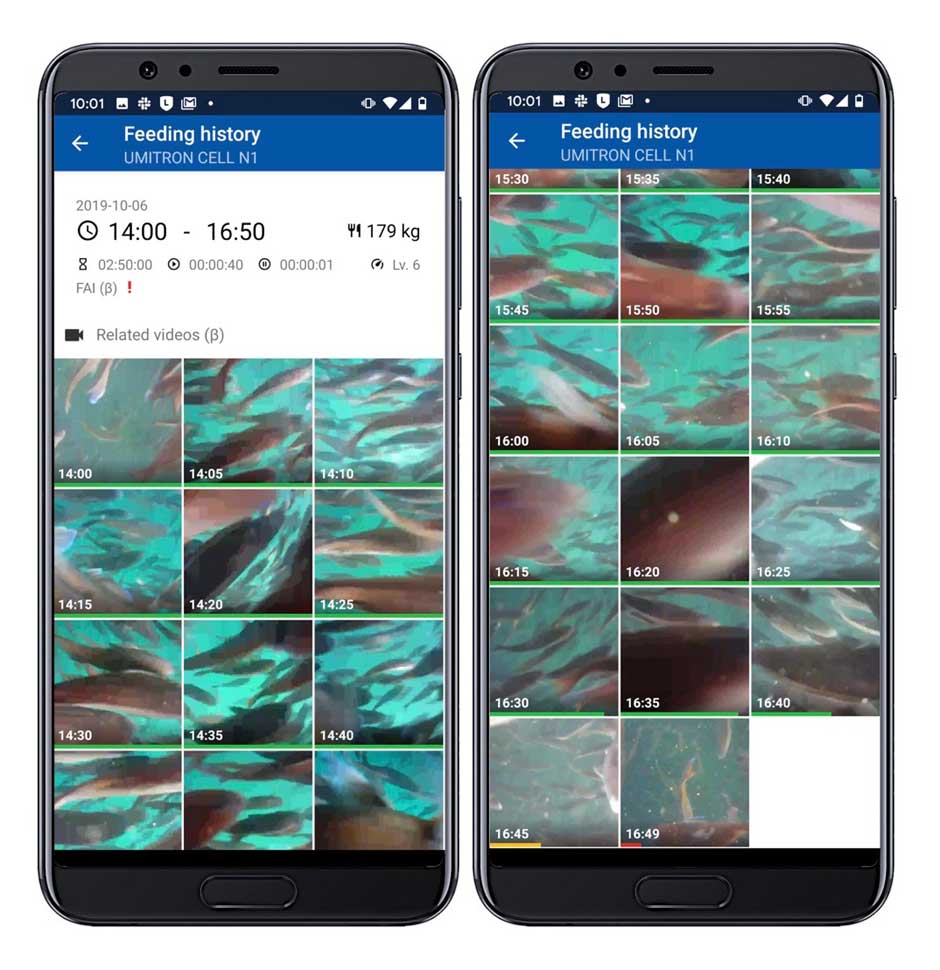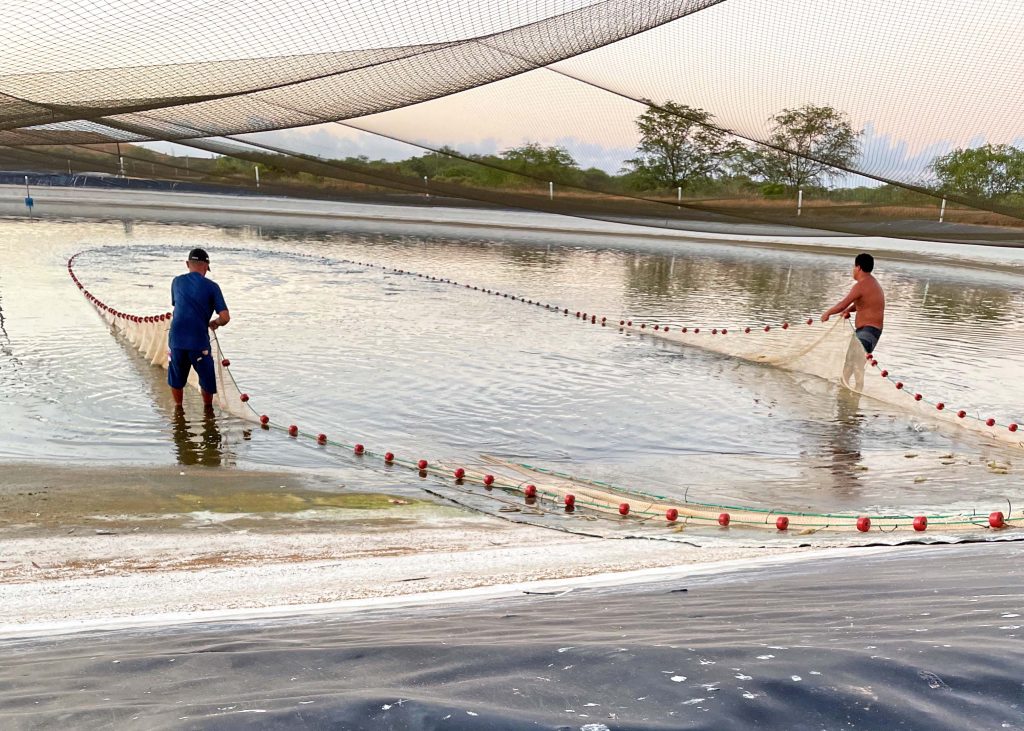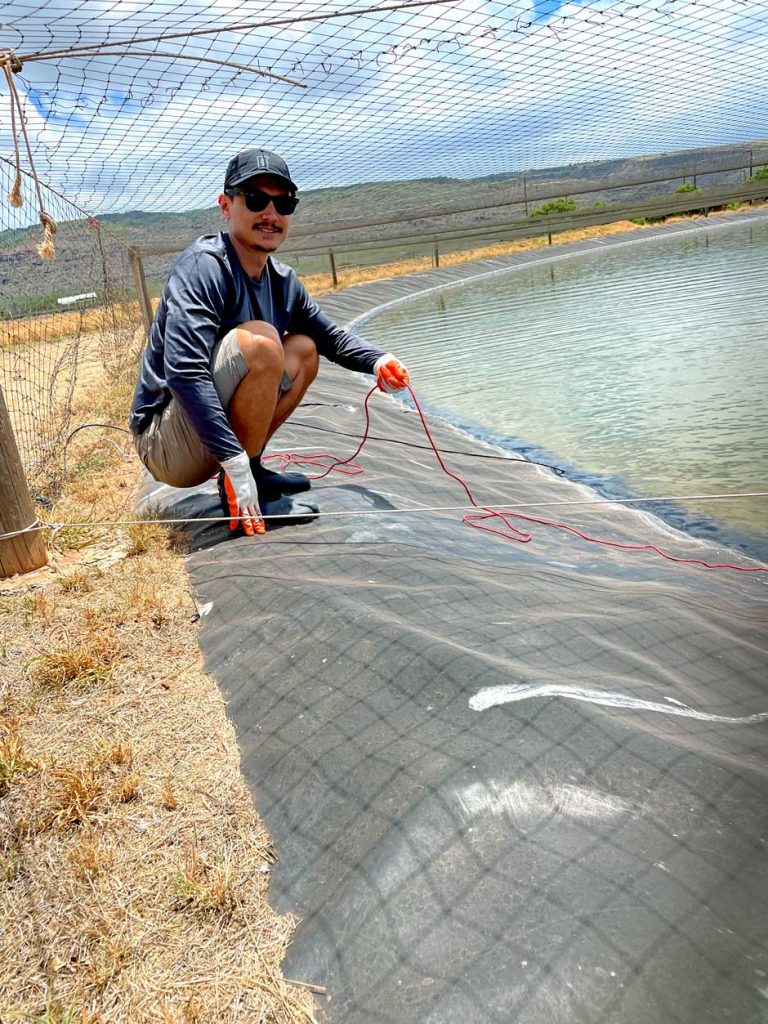AI: The Perfect Match for Aquaculture
 Photo Credit: UMITRON
Photo Credit: UMITRONFor many years, farmers’ intuition and experience in feed or disease prediction have been key, but now, some fish and shellfish farms are harnessing the power of AI.
“Over the past decade, we have seen how digital technologies have changed how we manufacture and produce our food, and how adverse events such as COVID-19 and weather occurrences can significantly impact the global food supply,” said Joyce Leo, Marine Scientist at the aquaculture technology firm UMITRON. “The adoption and integration of AI and other technology by aquaculture producers have helped mitigate some of these risks by alleviating the stressors of a limited workforce while maintaining consistency in farming operations in an already reasonably risk-exposed industry. Recent developments in the IoT space and big data analytics have made it possible for users to analyze large datasets in real time with high accuracy with AI technologies.”
Based in Japan and Singapore, UMITRON develops products for aquaculture using IoT, satellite remote sensing and AI. One example of its products and services is the Fish Appetite Index (FAI), a real-time detection system that uses machine learning algorithms to optimize feeding operations. In July 2020, the company released Umitron Pulse, an ocean environmental monitoring system that uses satellite data and company algorithms to track water quality parameters such as temperature, dissolved oxygen and salinity.

Fish Appetite Index (FAI) Credit: UMITRON
Other companies are also tapping into the potential of AI. Greek firm Eliminatore Ltd is developing computer vision software to detect damage or biofouling on offshore pens. Footage is gathered from an ROV that is connected to a small base on the surface of the water, while sensors analyze data with AI and machine learning. Farmers will be notified in real time of any damage or biofouling through an android app or web application.
“Aquaculture is the next big thing,” said Evan Lampos, CEO of Eliminatore. “The demand for protein worldwide is increasing, while AI is developing tremendously. It’s like all the libraries of the world are communicating with one another, and I believe that it will be the most important thing when it comes to decision-making on farms. Incentives like government aid will help aquaculture adapt to new technology and be part of something that is growing very fast.”
Another innovation in AI research and development is Minnowtech, a U.S.-based aquaculture technology company that has developed a software-imaging platform to estimate shrimp abundance. A sonar device collects data from shrimp ponds and provides farmers with a weekly biomass estimate. Tracking biomass enables farmers to better calculate average daily growth and feed conversion ratio. It also offers transparency and certainty for better farm management decisions such as harvest time and disease identification. After two years of research, the platform is currently being commercialized for farms in South East Asia.

Kauai shrimp farmers harvest their crop (Credit: Minnowtech)
“Shrimp biomass is an extremely huge challenge,” said Suzan Shahrestani, CEO of Minnowtech. “Farmers are blindfolded to their harvest because their shrimp are harvested in murky water which makes it impossible for them to count their animals. What we do, essentially, is count shrimp. There are so many shrimp per square meter and at the densities they are grown in, they don’t necessarily exhibit their natural behavior. We wanted to incorporate technology infrastructure into shrimp aquaculture to improve its efficiency and make it more robust.”
As aquaculture continues to develop, many farms will require the use of remote sensing and integrated smart technology in order to operate. However, there are still some challenges, such as data security and ownership. Not all farmers are tech-savvy, so there is a need to take extra care in explaining complicated terminology and assuring them that the necessary steps have been taken to ensure that their data is secure, says Leo. It is also challenging to help farms establish a way to make sense of the collected data. While it’s crucial to start data collation to improve efficiency, it’s equally essential for the farm to use that data appropriately to plan and establish risk protocols and farming methodologies.
For Minnowtech, the company’s biggest challenge is scaling their sonar device.
“I feel that aquaculture is using AI as a tool but it’s so computationally demanding,” said Shahrestani. “If you are using all that computational energy on a single farm or cage, how do you scale that beyond four or five farms without over-extending your staff, resources or what you’re internally capable of as a company? AI and machine learning help us better understand the data we obtain. In our case, AI only makes our sonar device better because it helps us understand what we are looking for.”

Minnowtech deploying their biomass reader in Kauai, Hawaii (Credit: Minnowtech)
Ultimately, automation will be ubiquitous in aquaculture. The more data it collects, the more opportunities there will be for AI to be incorporated, says Shahrestani, and as tools such as sensors or cameras improve, the more powerful aquaculture can be with AI. But farmers’ skills, knowledge and experience will always remain critical.
“The technical know-how and experience of employees on a farm are crucial for smooth operations, and their expertise can be better focused on areas that can improve fish welfare, such as disease management,” said Leo.
“Humans do not have the computing power to process the amount of data that aquaculture is collecting,” said Shahrestani. “There will always be a need for human intuition in the industry. But that said, there will be jobs that will be replaced by AI or even created through AI, so I hope that this will open up more opportunities.”


0 comments